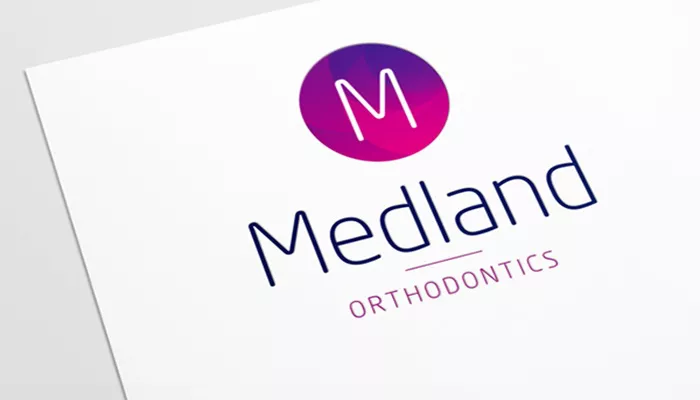Orthodontic molars play a crucial role in dental health and orthodontic treatment. These large, flat teeth at the back of the mouth are essential for chewing and grinding food. In orthodontics, they also serve as important anchors for various appliances and treatments. This article will explore the role of molars in orthodontics, their anatomy, how they are affected by orthodontic treatment, and their importance in overall dental health.
Understanding Molars
Anatomy of Molars
Molars are the large teeth located at the back of the mouth. Adults typically have twelve molars, with three on each side of the upper and lower jaws. Each molar has a broad, flat surface designed for grinding food.
Structure: Molars have multiple cusps (the pointed parts of the tooth) that help in chewing. They also have deep grooves that assist in breaking down food.
Roots: Each molar has multiple roots that anchor the tooth firmly in the jawbone. This stability is essential for their function during chewing.
Types of Molars
First Molars: These are usually the first permanent teeth to erupt, typically around age six. They are crucial for establishing the dental arch.
Second Molars: These erupt around age twelve and continue to aid in chewing.
Third Molars (Wisdom Teeth): These usually emerge in late adolescence or early adulthood. They often require removal due to space issues in the mouth.
The Role of Molars in Orthodontics
Anchoring Mechanism
In orthodontics, molars serve as anchors for braces and other orthodontic appliances.
Brackets and Bands: Orthodontists often use metal bands that are cemented onto the molars. These bands provide a stable point to attach archwires, which apply pressure to move teeth into the desired positions.
Support for Archwires: The molars help distribute the forces applied by the archwires throughout the dental arch. This distribution is essential for effective tooth movement.
Facilitating Tooth Movement
Molars are crucial for the movement of other teeth during orthodontic treatment.
Guiding Movement: The position of molars affects the alignment of adjacent teeth. Orthodontists consider molar positioning when planning treatment to ensure that all teeth move harmoniously.
Space Maintenance: In cases where molars are lost or extracted, maintaining space for future tooth movement becomes challenging. Orthodontists may use space maintainers to prevent adjacent teeth from shifting into the empty space.
Impact of Orthodontic Treatment on Molars
Tooth Movement
Orthodontic treatment often involves moving molars to achieve proper alignment.
Mesial Movement: Sometimes, molars need to be moved forward (mesially) to close gaps or improve bite relationships.
Distal Movement: In other cases, molars may need to be moved backward (distally) to create space for other teeth.
Potential Complications
While orthodontic treatment aims to improve dental alignment, it can also lead to complications involving molars.
Root Resorption: In some cases, the roots of molars may become shorter during treatment. This condition, known as root resorption, can affect the stability of the molars.
Cavities and Decay: The placement of bands and brackets can make it challenging to clean the molars properly, increasing the risk of cavities. Good oral hygiene is essential during treatment.
Importance of Molar Health
Chewing Function
Healthy molars are vital for effective chewing. They break down food into smaller pieces, making it easier for the digestive system to process.
Nutrition: Proper chewing aids in better digestion and nutrient absorption. If molars are damaged or missing, it can lead to dietary changes that may affect overall health.
Maintaining Jaw Alignment
Molars play a significant role in maintaining the alignment of the jaw.
Bite Relationship: The way molars fit together affects the overall bite. Misalignment can lead to issues such as TMJ (temporomandibular joint) disorders, which can cause pain and discomfort.
Preventing Tooth Migration
Healthy molars help prevent the migration of adjacent teeth.
Stability: When molars are lost or extracted, adjacent teeth may shift into the empty space, leading to misalignment. This shift can complicate future orthodontic treatment.
Orthodontic Treatment Options Involving Molars
Traditional Braces
Traditional metal braces use brackets and wires to move teeth, including molars.
Metal Bands: These are often placed on the molars to anchor the braces. The archwire connects to these bands and applies pressure to the teeth.
Clear Aligners
Clear aligners are a more discreet option for orthodontic treatment.
Involvement of Molars: While clear aligners primarily focus on the visible teeth, they can also move molars as needed.
Aligners are custom-made to fit the patient’s teeth and can be adjusted to ensure proper movement.
Space Maintainers
When molars are lost, space maintainers can help preserve the space for future orthodontic treatment.
Types of Space Maintainers: There are fixed and removable space maintainers. Fixed maintainers are often attached to adjacent teeth, while removable ones can be taken out for cleaning.
Conclusion
Orthodontic molars are essential for both dental function and orthodontic treatment. They serve as anchors for braces, facilitate tooth movement, and play a significant role in maintaining overall dental health. Understanding the importance of molars can help patients appreciate their role in orthodontic treatment and the need for proper care.
Maintaining healthy molars is crucial for effective chewing, jaw alignment, and preventing tooth migration. Patients undergoing orthodontic treatment should prioritize oral hygiene to protect their molars from decay and other complications. Regular dental check-ups and open communication with orthodontists can ensure that treatment proceeds smoothly and effectively.
Related topics:

